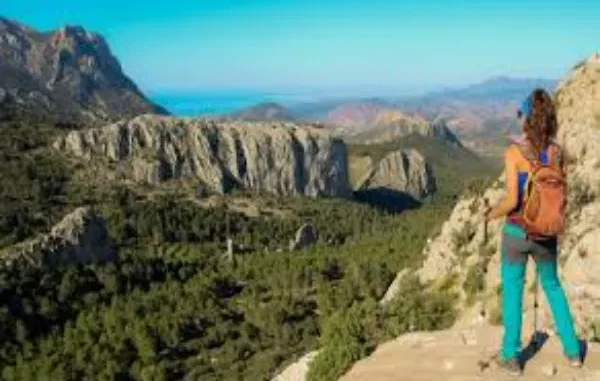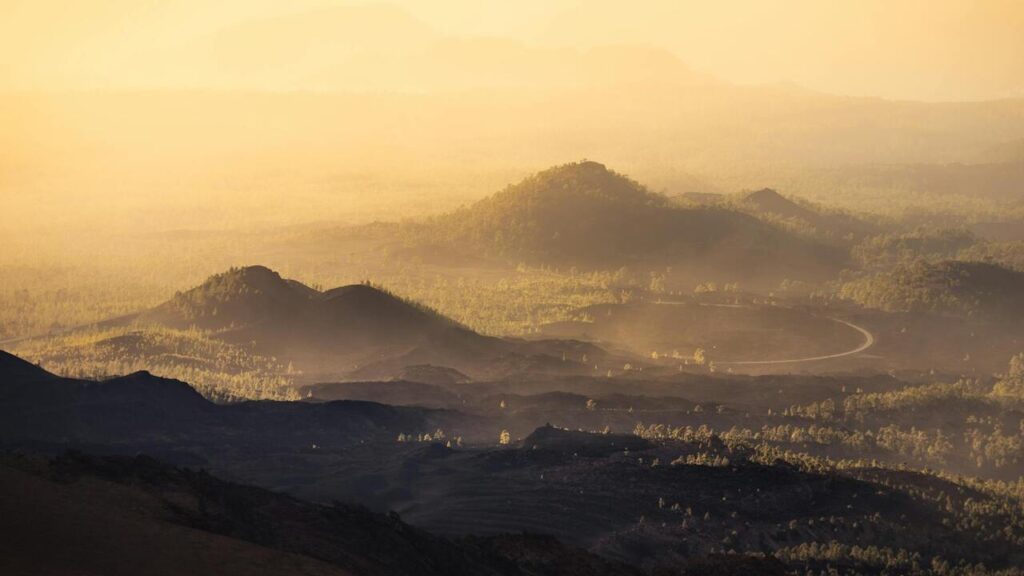

It’s tempting to head to Barcelona or the Camino Frances for a holiday – they’re tried and tested. While millions congregate to certain areas of Spain, it leaves open a large landmass that is less explored.
Looking through walking holiday agencies like Orbis Ways, we can see Spain has many great trails due to its history and topography. With that in mind, here are four walking holidays that may have a few less visitors on their paths.
The Lighthouse Way
Galicia’s wild western coastline has one of Spain’s most spectacular coastal walks. The Lighthouse Way follows through the concerningly named Costa da Morte (Coast of Death) for ten days, connecting historic lighthouses from Malpica to Cape Finisterre.
This route will bring you through the Galician coast – the coast where many Spanish explorers set sail. It allows walkers to stay in authentic fishing villages while experiencing local traditions and food that is rich in fish. The trail passes through six stunning beaches on just the first day alone – this tells you everything you need to know. Sunset photo opportunities are aplenty.
GR92: Catalonia’s secret Med trail
The GR92 Mediterranean Trail follows the Catalan coastline which is diverse, filled with tucked-away coves and beaches. It’s a warmer choice than the West Coast, though it does also go through coastal mountain ranges. This 583-kilometre route isn’t something many people have the time to complete in its entirety, but that only means you have a good choice to make of which segment to tackle.
The trail is mostly in harmony with the Catalan “Camí de Ronda” – it passes beautiful bays that invite swimmers to take refreshing dips.
The peaks and valleys of Los Picos de Europa
Spain’s Picos de Europa mountain range in the north is high in biodiversity due to its wetter climate. This also makes it a great option in summer, where temperatures are more manageable. It has some of the most impressive landscapes in the country,
This eight-day walking adventure through Picos de Europa takes you deep into Asturias, starting in some very quiet villages.
You’ll see the likes of Tielve and Sotres where you can sample the famous Cabrales (blue) cheese, which has matured in limestone caves. Sotres is one of Spain’s highest villages at over a thousand metres, and walkers get some fantastic views from up there. You’ll see glacial valleys and beech forests.
The Flysch route
The Basque Country compels many people to visit due to its culture, but it also has some unique geological faces to the region. Between Zumaia and Deba is the Flysch Route, which has vast cliffs that have existed for over 60 million years – it’s where the greatest events like dinosaur extinction can be recognised in the rock grooves.
This is only a 14-kilometre coastal hike, so it takes half a day. It’s one where you can learn about rock layers and the erosion-exposed strata. You’ll also see Sakoneta Cove, where originally horizontal layers now stand vertically due to ancient Alpine movements.
Each of these routes has its own selling point, be it historic villages, wild nature or simply tranquillity. Some of the better known routes, like Camino Frances, are worth attempting at least once. But sticking only to these would be to waste an opportunity to see another side to Spain, and with much fewer crowds.

Leave a Reply